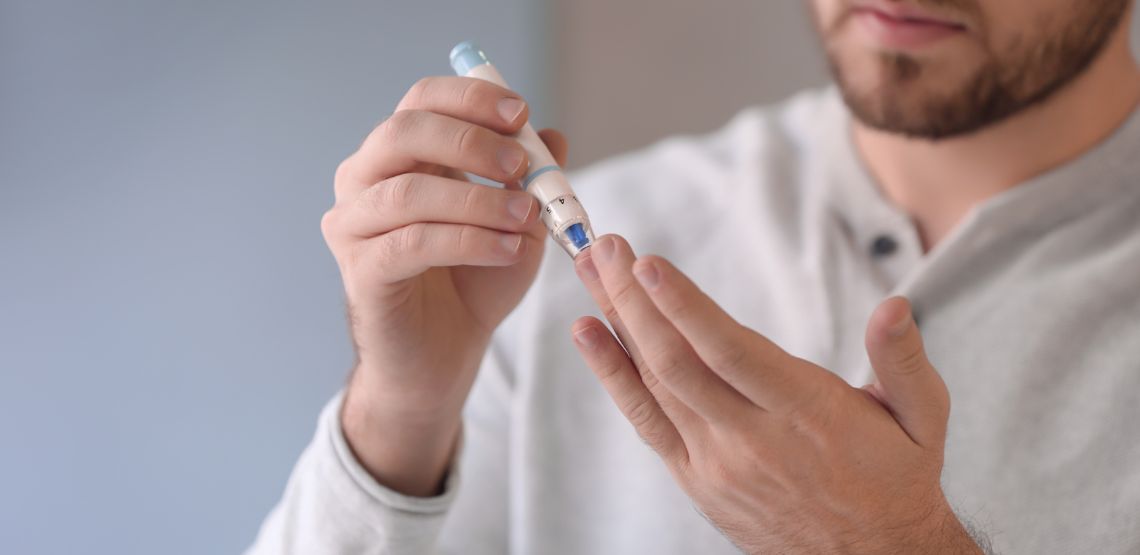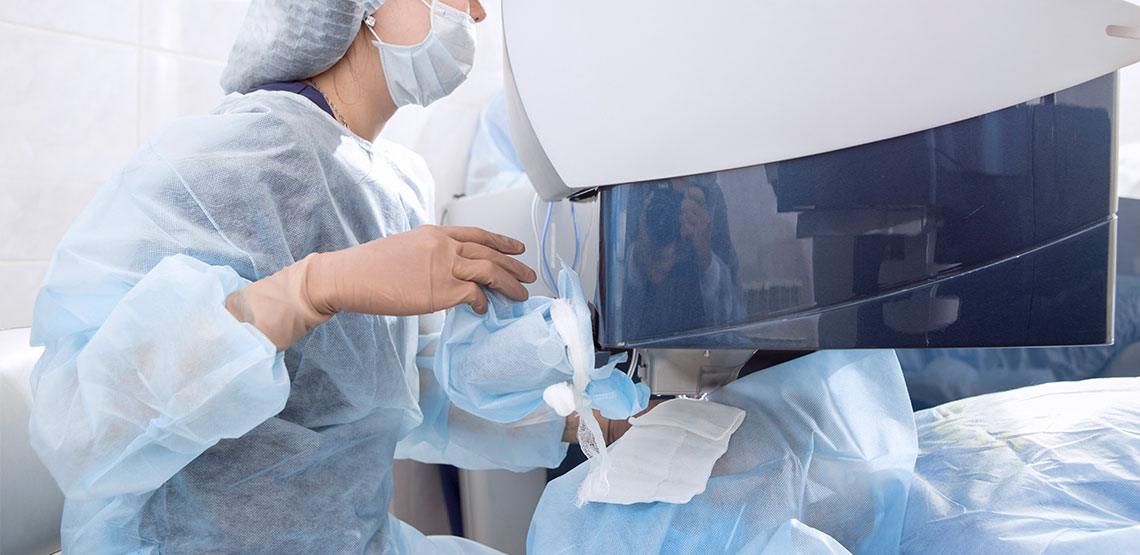What are the Signs of Diabetes in Men?
The signs of diabetes in men can be subtle. Let's take a look at four common signs and symptoms.
1. Sexual Issues
High blood glucose can affect blood flow and nerve activity, reducing sex drive, satisfaction, and the ability to get or maintain an erection. Men with diabetes are three times more likely to experience erectile dysfunction than the average population. Factor in obesity and high blood pressure often go hand in hand with diabetes, and you have the recipe for sexual dysfunction. Men with diabetes are also more likely to be susceptible to thrush, usually presenting as itchiness around the penis. Luckily a diagnosis and willingness to follow a treatment plan should solve most men’s bedroom issues.
2. Unexplained Weight Loss
In modern society, people are often applauded for weight loss, so you might feel pleased with your trimmer figure rather than be concerned about your unexpected weight loss. Losing or gaining a couple of pounds from time to time is normal, but generally, in mid-life, your weight should be pretty stable.
If you have noticed the scales changing week-to-week, with no real change in diet or lifestyle (a loss of around 9 or 10 lbs. or more than 5% of your usual body weight over 6-12 months), it could be down to diabetes. You might notice you feel weaker than normal, your limbs feel numb, your muscles look smaller or uneven, or you have difficulty balancing as your muscles become wasted. Insufficient insulin can prevent your body from getting glucose from your blood into the body’s cells to use as energy. When this happens, the body starts burning fat and muscle for energy, causing a reduction in overall body weight. You may also feel very tired because of this.
Related Search Topics (Ads)
3. Blurred Vision
Diabetes can cause changes in vision and structural changes to your eyes, so diagnosed diabetics are advised to have regular detailed eye and vision checks to avoid potentially going blind. Blurred vision is caused by high levels of sugar in the blood, which change the shape of the lens. You may notice vision improves when blood glucose levels fall.
4. Frequent Urination and Increased Thirst
Common to men and women, frequent urination, dry mouth, or increased thirst are often early indicators that someone has developed diabetes. As your kidneys work overtime to filter unused glucose from your blood, you might notice you need to visit the bathroom more often, and it’s increasingly difficult to quench your thirst. You might find it becomes normal to have to get up to urinate and take a drink during the night too.
Leaking urine (incontinence) can also be a symptom, as can repeat UTIs (urine infections) or skin infections and sores, which heal slowly. Several health conditions, including diabetes, can cause frequent urination, so visit a doctor as soon as possible to find the cause.
What Should I Do If I Think I Have Diabetes?
If you have any of the symptoms of diabetes mentioned above, you should schedule a visit to a doctor as soon as possible. Don’t delay because you are worried about the financial burden. There are lots of free clinics across the US, and your local healthcare departments may be able to assist at little to no cost. There are even programs to supply insulin and medical equipment free or at a low cost to patients if they meet the criteria.
Jardiance Treatment
Jardiance is a medication used for the treatment of type 2 diabetes. The active ingredient in Jardiance is empagliflozin, which works by blocking the reabsorption of glucose in the kidneys, thereby causing the excess glucose to be excreted in the urine. This results in a decrease in blood glucose levels and can also lead to weight loss. Jardiance is usually taken once a day, with or without food. It is important to follow the dosage instructions provided by the healthcare provider and to monitor blood sugar levels regularly.
In the Meantime
Take a good look at your diet and lifestyle. Cutting down on sugar like candies, non-diet fizzy sodas, and alcohol, including beer, plus processed ingredients in ready meals, sauces in jars, and fast food, can help bring down blood glucose immediately. If you are mostly sedentary, go for a daily walk, take the stairs instead of the elevator, and get off the bus a stop earlier than usual. Depending on how high they are, these measures might not be enough to bring BG down to normal levels, but any reduction is beneficial. It may be that you require tablets or insulin as well as lifestyle changes to bring your diabetes under control.
If you suspect you or someone you care about has diabetes, it’s important to get symptoms checked, as uncontrolled diabetes of any type can lead to serious health conditions and even death. You may simply require some lifestyle changes or medication to help bring blood glucose down to levels that are less likely to cause damage to the heart, eyes, kidneys, and more.
Although diabetes is a condition that can develop in anyone, regardless of gender, there are differences in the way it presents and affects men and women.
Did you know men are statistically more likely to develop type 1 or type 2 diabetes, although treatment plans are generally the same regardless of gender? It’s not entirely clear why men are more likely to develop diabetes than women, but it could be down to differences in diet, fat distribution, and lifestyle.
Diabetes can be a killer, but if diagnosed and treated, you have a chance at a long and happy life.


